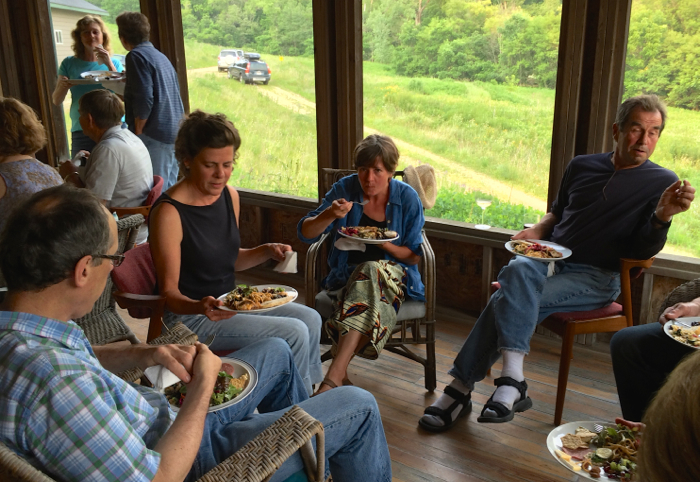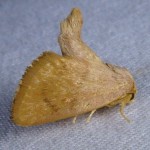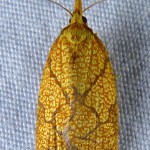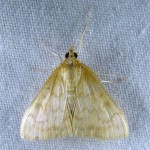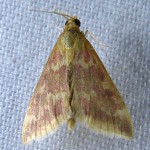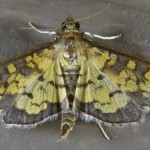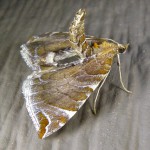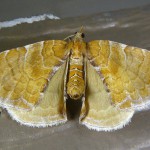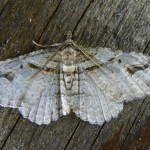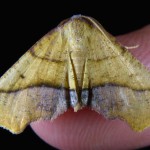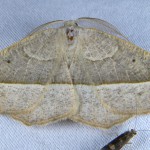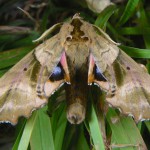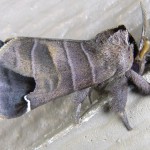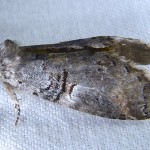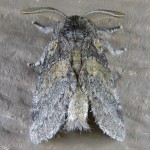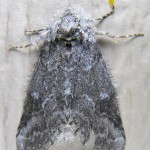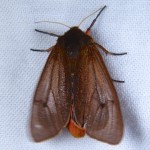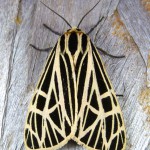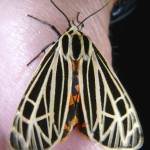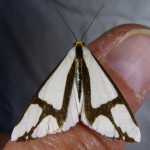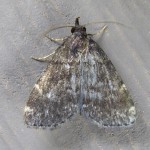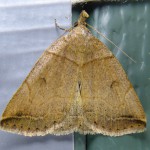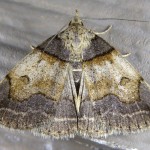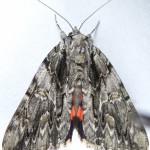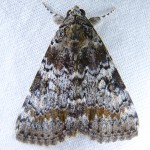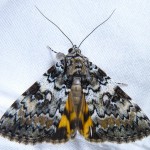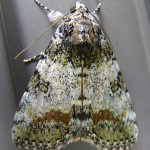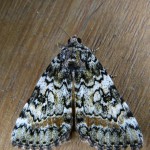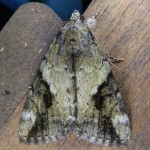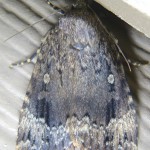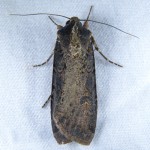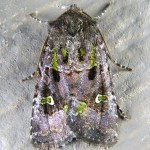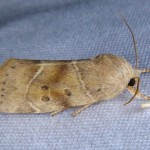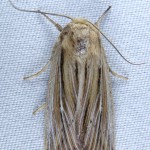We had a great party, with lots of moths, and lots of wonderful friends to share them with.
The party is to celebrate National Moth Week, which started a few years ago to get people to look at and appreciate the beauty of these nighttime creatures. It’s actually a world-wide event, and people from 42 countries, and from every U.S. state are participating this year.
Here are some scenes from our party, followed by pictures of the moths. We invited people to come early, to take a walk.
Anne, Emily and Dale on the Indian Grass bench
Tracy and Jim
And then there was the potluck dinner.
Anne with her cake
Anne’s moth cake (moths are Lunas, White-spotted Sables, and generic noctuids)
The scene around the moth sheet. We had two sheets set up. One was more protected from the wind, so it attracted more moths.
The moths landed on people, as well as the sheets.
We saw other creatures on the sheets too. Lots of mayflies
A Sexton Beetle – with mites riding on it. These beetles bury small dead vertebrates in the soil and feed on them or feed them to their young. The mites help keep down fly eggs and maggots that might compete with the beetles for the food.
Here the beetle spread its wings.
Katydid
Tree Hopper
Weevil – one of the Nut and Acorn Weevils
And one of our Lunas!
It was a little windy, but otherwise good moth weather – warm and humid. I tried to take photos of all the species we saw. I don’t have names on all of them yet – I’ll add them as I figure them out. Click on a photo to see a larger image.
- Grass Tubeworm
- Hag Moth
- Hag Moth
- Hag Moth caterpillar from 9/1/08
- Yellow-collared Slug Moth
- Button Slug Moth
- Reticulated Fruitworm
- Yellow-fringed Dolichomia
- Maple Webworm
- Orange-tufted Oneida
- Carrot Seed Moth
- Raspberry Pyrausta
- Dark Diacme
- Grape Leaffolder
- Serpentine Webworm Moth
- Arched Hooktip
- Dimorphic Eulithis – male
- Dimorphic Eulithis – male
- Dimorphic Eulithis – female
- Grapevine Looper
- Bent-line Carpet
- The Beggar
- Three-spotted Fillip
- Large Laceborder
- Lesser Maple Spanworm
- Barred Granites
- Straight-lined Plagodis
- Straight-lined Plagodis
- Confused Eusarca
- Confused Eusarca
- Snowy Geometer
- Small-eyed Sphinx
- Blinded Sphinx
- Twin-spotted Sphinx
- White-lined Sphinx
- Pandorus Sphinx
- Laurel Sphinx
- Elm Sphinx
- Virginia Creeper Sphinx
- Sigmoid Prominent
- Linden Prominent
- Common Gluphisia
- Variable Oakleaf Caterpillar Moth
- Ruby Tiger Moth
- Virgin Tiger Moth
- Virgin Tiger Moth
- Virgin Tiger Moth
- The Neighbor (Haploa)
- Banded Tussock Moth
- Common Idia
- Clover (or Forage) Looper
- Variable Fan-foot
- Variable Fan-foot
- Variable Fan-foot
- Wavy-lined Fan-foot
- Sociable Renia
- Yellow-spotted Renia
- Large Snout
- Common Fungus Moth
- Little Lined Underwing
- Scarlet Underwing
- Scarlet Underwing
- Scarlet Underwing
- Scarlet Underwing
- Connubial Underwing
- Connubial Underwing
- Connubial Underwing
- Connubial Underwing
- Connubial Underwing
- Connubial Underwing
- The Little Nymph (Underwing)
- The Little Nymph (Underwing)
- The Little Nymph (Underwing)
- The Little Nymph (Underwing)
- The Little Nymph (Underwing)
- The Little Nymph (Underwing)
- Beloved Underwing
- Underwing
- Dark Marathyssa
- Dark Marathyssa
- Common Looper
- Green Leuconycta
- Tufted Bird Dropping Moth
- Western Bean Cutworm
- The White-speck
- Copper Underwing
- Large Mossy Glyph
- Veiled Ear Moth
- Brown-lined Sallow
- Connected Brocade
- Fine-lined Sallow
- Large Yellow Underwing
- Large Yellow Underwing
- Double-lobed
- Wainscot
- Hesitant Dagger
- Pearly Underwing
- Bristly Cutworm
- American Dun Bar
- Rustic Quaker
- Wainscot
- Harris’s Three Spot
- Beautiful Wood Nymph
- The Wedgling
- Green Arches
- Common Pinkband







